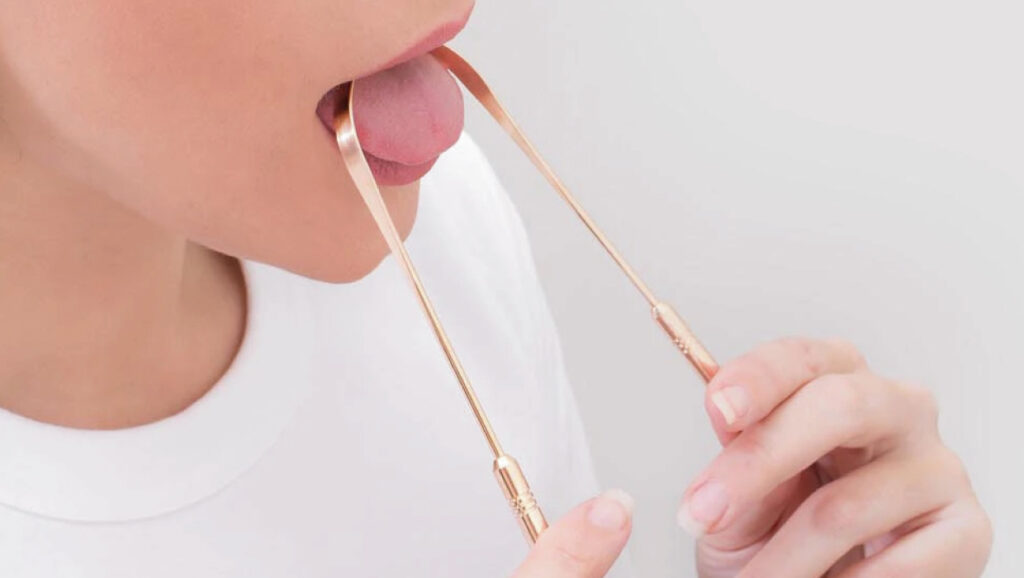Dinacharya are practices or rituals followed every day to make our days more balanced and effective. ‘Dinacharya’ comes from the Sanskrit words ‘Dina’ which means day and ‘Charya’ which means activity.
A simple analogy to highlight the importance of Dinacharya is to imagine yourself as an artist and your physical body as your instrument. If you don’t tune your instrument well, the song that you create throughout the day might not only be cacophonous to you but to all the people around you too! So is it with your physical, mental and spiritual body.
Dinacharya as described by the spearheads of Ayurvedic knowledge – Charaka, Sushruta and Vagbhata, are therefore ritualistic practices followed every day to maintain a balanced state of the doshas or energies.
Here we will go through a few of the morning rituals recommended in Ayurveda to help you have a wonderful start to your day!
Waking up early
Ayurveda recommends waking up before sunrise since this is the time of the day when there is lightness around( early mornings before 6 am are considered Vata time) and the mind is Sattvic or pure and highly receptive.
Ayurvedic sages mention waking up at “Brahma Muhurta”, a special time around one and a half hours before sunrise for practising meditation and connecting with the Brahma or pure consciousness. This is when the mind is silent and highly receptive to subtle energies in and around our being.
Hydrating yourself
After waking up, it is highly recommended to start the day with at least two glasses of warm water to flush out all the toxins. Instead of plain warm water, you could also add a bit of lime or lemon to the water too. The acidity of lime or lemon helps stimulate the digestive system and break down toxins.
Evacuation
After hydrating yourself, having a regular time for evacuation every day is highly beneficial. This regularity helps the Agni or digestive fire to stay strong and reduces the build-up of Aama or toxins in the body.
Sitting in a squat position or Malasana for evacuation has great benefits as it puts the right pressure on the intestinal areas to help evacuate toxins from the body. Although western-style commodes might be more comfortable, our sitting posture does not create pressure on the intestinal region which over time might lead to constipation. One simple hack to correct this is putting a small stool under your feet so as to lift your legs up and put the right pressure on the abdomen region.
Oil pulling
Oil pulling is a procedure of swishing the mouth with oil in order to remove bacteria stuck in tiny orifices between teeth, cleanse the mouth and strengthen the gums.
You could use sesame or coconut oil for this and swish the mouth for around 10-15 minutes.
Cleaning the Teeth
Neem or Licorice sticks have traditionally been used in India to clean the teeth due to their strong antibacterial and antimicrobial properties. With our modern-day lifestyle, if this might seem impractical, you could try brushing your teeth with ayurvedic herb powders that contain Neem, Tulsi, Licorice or clove.
These herbs in their natural form without additional fluoride or foam causing agents are a healthy alternative to all the synthesized toothpaste out there in the market today.
Scraping the tongue
This age-old procedure involves scraping toxins and dead bacteria from the surface of the tongue using a copper scraper. The scraper is pulled in a forward direction along the surface of the tongue repeatedly at least 7 to 8 times.
Apart from cleaning the tongue, scraping stimulates Agni or the digestive fire and promotes the removal of toxins or Aama from the body.
Nasya or Neti Pot
Nasya involves applying a few drops of ghee or sesame oil into the nostrils to cleanse and open up the nasal cavity. The opening of the nasal cavity helps clean the sinuses, improve voice and helps make vision sharper.
Alternatively, Ayurveda also has another procedure that involves using a neti pot, a container that looks like a mini teapot to cleanse the nasal cavity.
Here, saltwater is filled in the neti pot and poured into one nostril by tilting the head in a way that the saline solution comes out from the other nostril. This process clears up congested mucus and phlegm and is very useful for individuals with a dominant Kapha dosha.
Eyewash
With constant exposure to the screen nowadays, our eyes are prone to becoming dry with blurry vision. Ayurvedic eyewash is a great way to cleanse the eye and keep them healthy.
Here eyecups, filled with distilled water or water mixed with a bit of Triphala are placed over the eye socket for a few minutes. During the time your eyes are covered with the cups, you can try out some eye-asanas to strengthen the ciliary muscles and cleanse your eyes.
Abhyanga 0r Self Massage
Right before bathing, the body can be massaged with warm oil(sesame, sunflower or coconut) from the top of the scalp to the little toes on the feet. This procedure helps improve blood circulation and lubricates the body for a day full of activity and creation. Once cleansed, you could do some energizing yoga asanas such as Surya Namaskar, Pranayama and meditation to activate your body, mind and soul.
These are just a few steps to tune your instrument and create your beautiful symphony!
It’s easy to feel a little overwhelmed with so many different activities, but like all things in life, you could always start by taking baby steps and gradually incorporating them into your daily life.
Join us to read more of such articles and support our mission of mindful living for the modern world by subscribing to our blog and hitting us a follow on Instagram and Facebook @sarvedalife.










